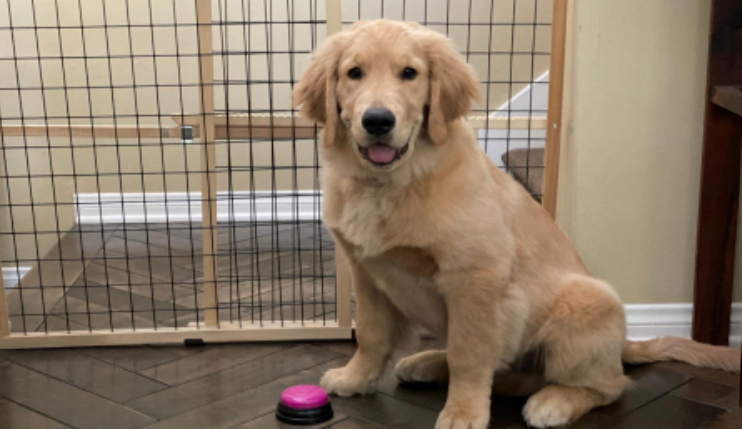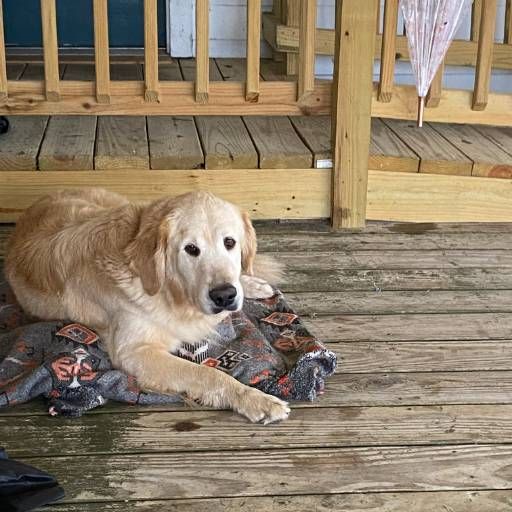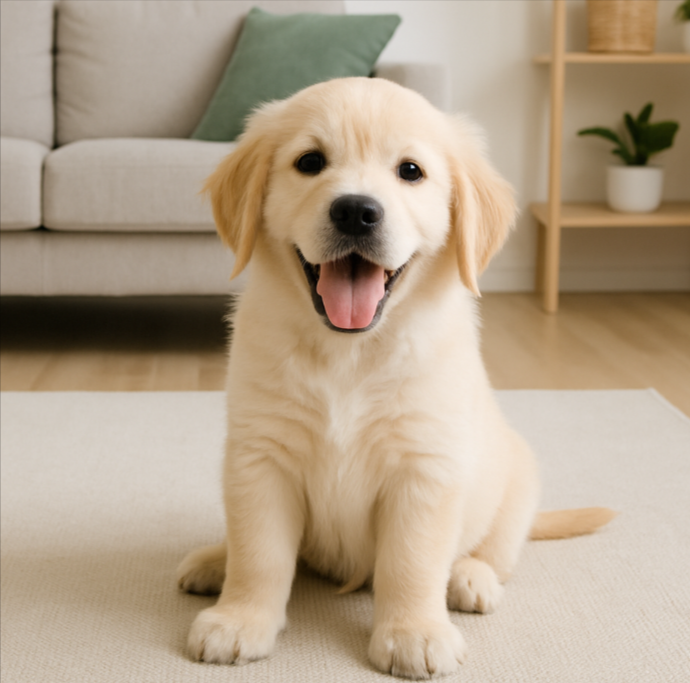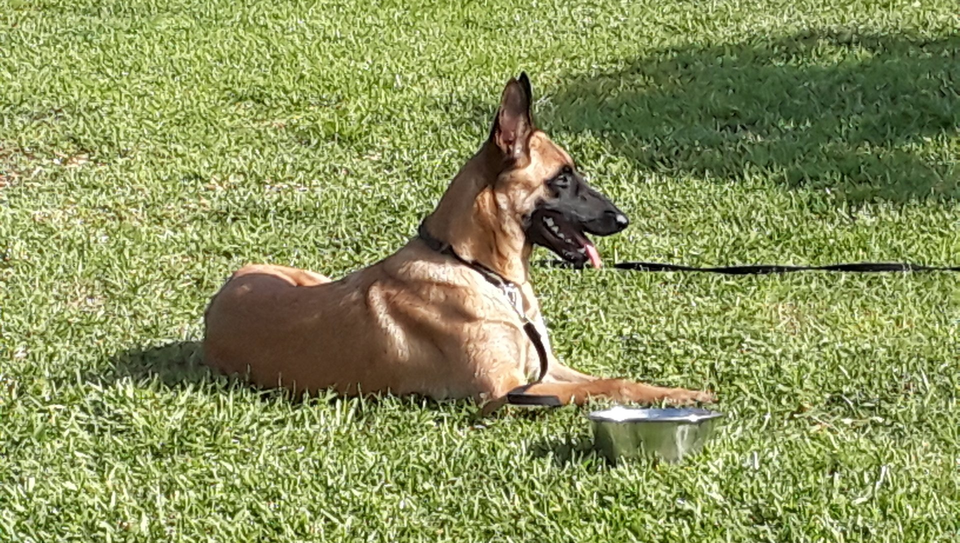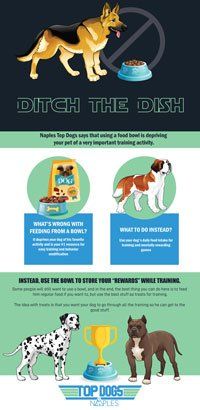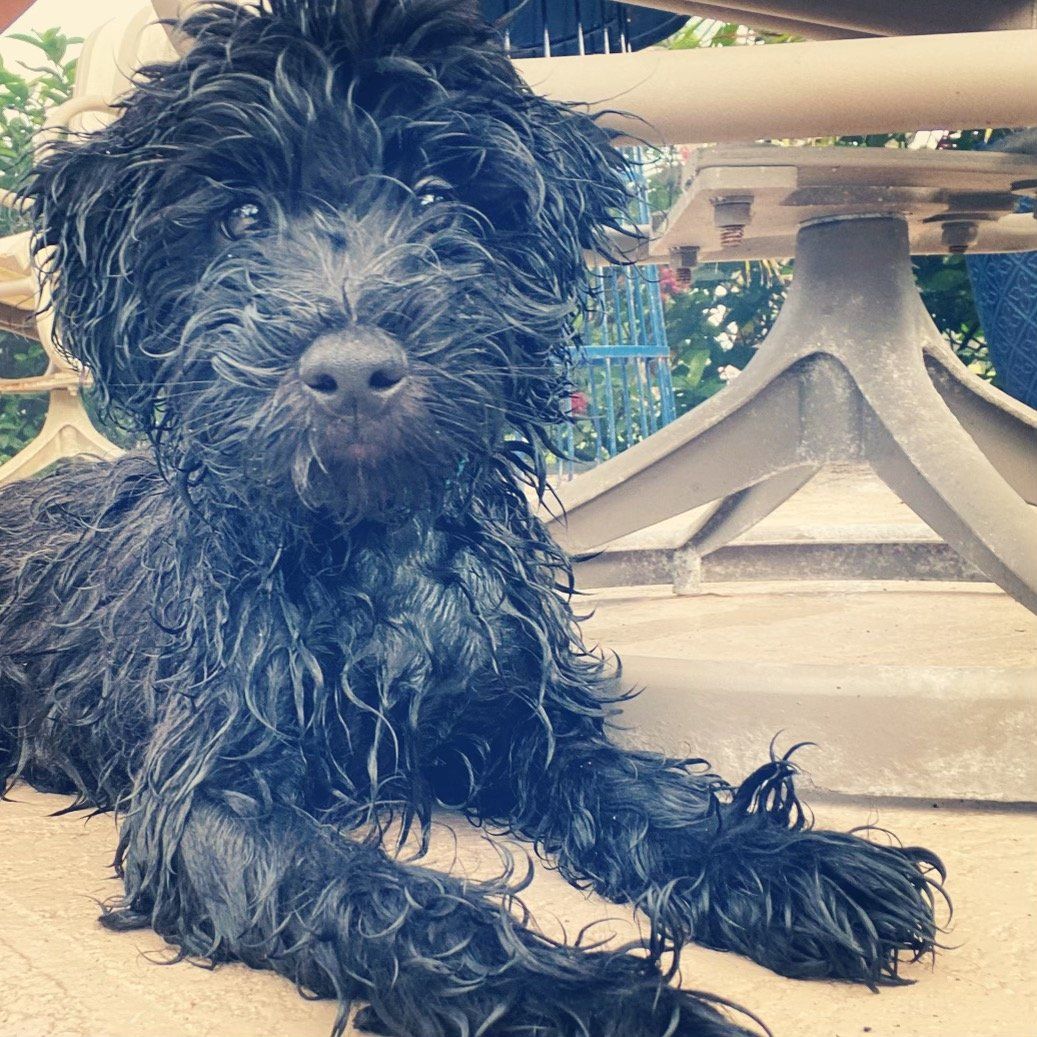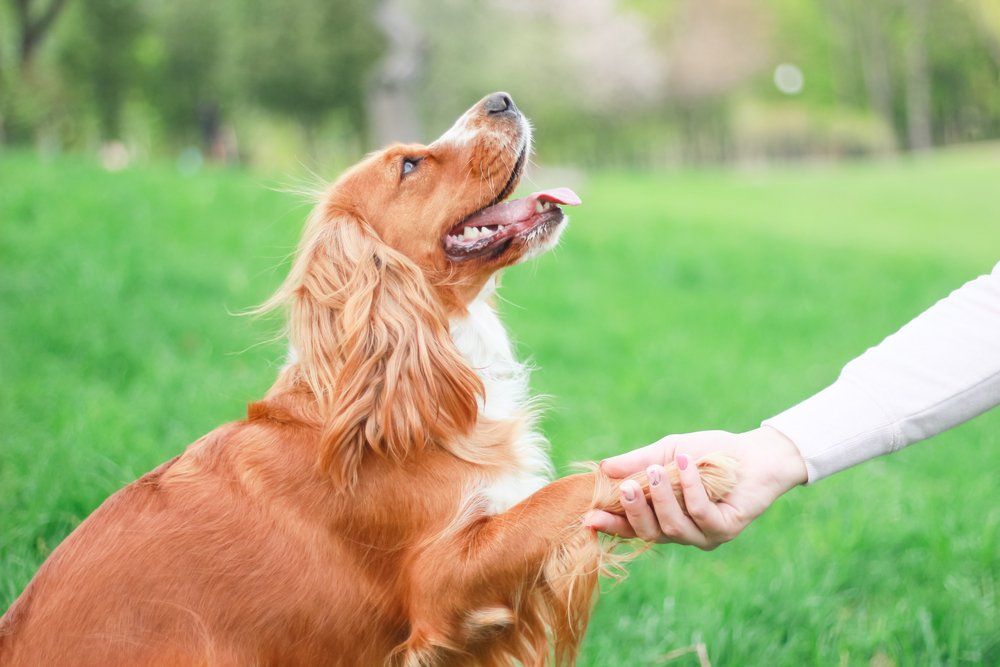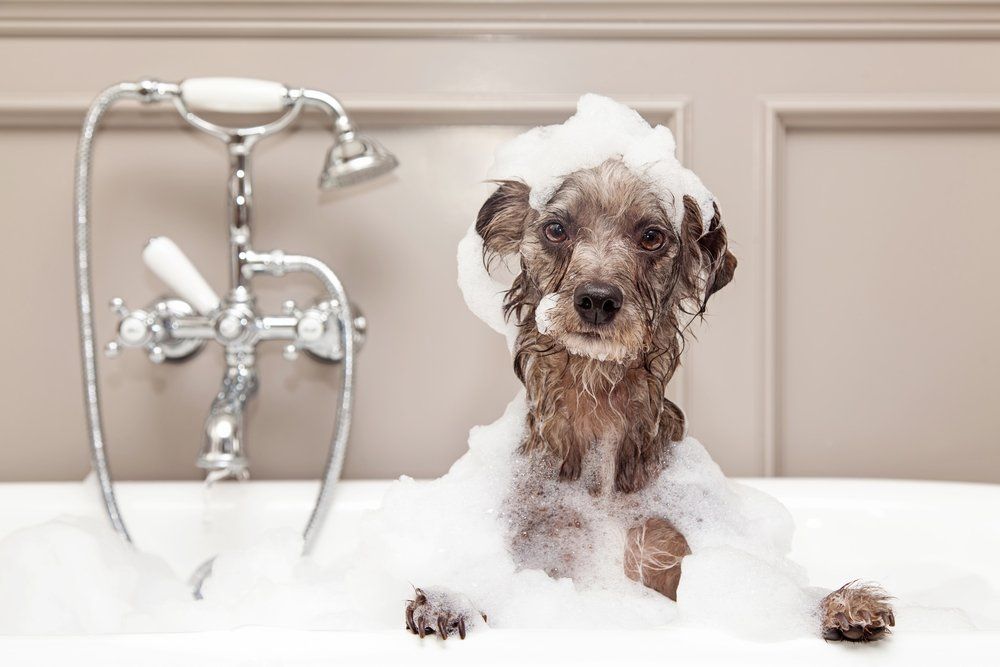Ditch the Dish
What does if mean when Naples Top Dogs refers to “Ditch the Dish”? We did not coin the phrase, it's been a useful and successful tool for many trainers and behaviorists for years. Dr. Ian Dunbar and Victoria Stillwell, both famous positive dog trainers use this method. Successful positive reward based training relies on exactly what motivates your puppy or dog.
Motivation:
Motivation is defined as the desire or willingness to engage in a behavior. So what exactly does motivation mean? Motivation can vary between individuals. Consider it like gas in your tank. Yes, your car will run with just a gallon but a full tank will get you much further. My dog Gucci is totally motivated by a ball, CardiB on the other hand will do backflips for ZiwiPeak. I once trained a dog with ice cubes. I figured what went in his “gas tank”.
When training your dog, one of the most powerful tool you have for training is their food. Naples Top Dogs suggests that you take the daily intake of their food and split it up for training, puzzles, Kong*, classical (especially puppies) and sniffmatts. There are so many ways to feed your dog, you just have to get a little creative.
Health Issues
When training your dog, Naples Top Dogs suggests that you take the daily intake of their diet and split it up for training, classical conditioning, puzzles, Kongs, Sniffmatts. There are so many ways to feed your dog just get a little creative. Splitting up the daily intake can also prevent those dogs that woof down their kibble in just a couple of seconds. This can cause bloat. A serious medical condition that will send you to the vet with a very expensive bill. Ditching the dish
allows your dog to work for their food, feeding from a bowl is just silly, it robs your dog of one of their favorite activities: working for their meals.
How to Use Food for Dog Training
If you don’t feed dogs with a bowl, then the question becomes how do you feed them? There are two main ways to feed a dog without a bowl; actively and automatically.
Active training is when you measure out how much food your dog is allowed and put it in a jar ready for the day. Hand-feed the food to your dog across the day while training them with obedience training and regular conditioning exercises.
Take any food left in the jar at the end of the day and use it as part of automatic training. You can do this by putting the food into a hollow chew toy and giving it to the dog any time you need them to settle down or will be leaving them alone.
Each piece of food your dog eats out of your hand builds their affinity towards people and makes them more sociable. It also rewards them for the behavior that they performed prior to being fed. Each piece of food they eat from their hollow chew toy rewards them for settling down and playing with their toy.
What Food to Give Them?
You should use standard dry kibble as their primary food reward or treat when training. There’s no need to buy a commercial treat that is packed full of fat, sugar, and salt.
However, if you’re after a way to take things to the next level and give your dog a great food reward or lure, then we would recommend that you use Ziwi Peak. This reward is a balanced food that is tastier than the average treat because it’s made from air-dried meat. Furthermore, Ziwi Peak is flat and can be easily broken down into smaller pieces, giving you the chance to create lots of small food-based rewards without overfeeding your dog.
For the most part, you can use basic kibble for a treat, but there will be times where your dog does something worthy of an extra tasty treat. These are situations where it’s best to put some kibble into a Ziploc bag, add some freeze-dried liver into the bag and give it a shake. You’ve just created cheap, healthy, super tasty treats for your dog. These treats should be used for the most important things such as toilet training and socializing with new people.
Phasing Out Food
Food is a great tool for training dogs, but you should be smart about how you use it during obedience training. If you don’t, then you’ll find yourself with a dog that only ever does what its told when you’re holding some food for it. When you start training food can be used as a lure and a reward for the dog, but as they learn and become more capable, you want to stop using it to lure them and reduce how often you reward your dog with food.
Phasing out food as a lure isn’t that difficult. Once you’ve taught your dog a skill, you can use an empty hand to lure them. It’s more effective at first to have a hand that looks and smells like you are holding a treat. If they do what they are supposed to then you could reward them using a treat held in your other hand, which is either in your pocket or behind your back. Eventually, your dog will pick up on your body movements and see them as the most important thing. They’ll learn that what you do is more important than if you have food or not.
From there, you should work on reducing how often you treat your dog with food rewards. Rather, you should make Life Rewards part of the training. These rewards can be far more powerful than a basic food reward too. Life Rewards are activities that your dog loves to do such as sitting on furniture, going out for a walk, having a game of tug, being scratched behind the ears, that kind of thing. If you incorporate training into the fun activity like a walk then you could use resuming the activity as a reward. Each time you go back to doing what your dog likes and having fun with them, it’s a reward to them.
You can keep using food as a reward for obedience training
, but it should be reserved for when they do a particularly good job or do something more advanced.
Using Food Forever
There are certain training scenarios where you can – and indeed should – continue using food constantly. This includes classical conditioning, toilet training, and jackpots. You need to constantly reinforce proper socialization and toilet training with your dog or their skills are likely going to deteriorate. It’s simple to give your dog a food treat every time they go to the bathroom where they should. When it comes to socialization, look out for signs of aggression or fearfulness with your dog. When you notice these signs, work out what is causing them and use some of the daily food ration you’ve set aside to condition them.
Jackpot!
You should always let your dog know when they’ve done something truly impressive. If they come to you when you call for them even though they are distracted – such as by a squirrel – then that’s great and you should do something to reinforce it. Give them extra treats. Don’t be afraid to give them ten treats, as long as you do it one at a time and tell them how great they are and how impressed you are in a loving voice as you do it. This is sure to make a great impression on them and make them feel great (not to mention reinforce that they should do that again.)
My Dog Doesn’t Like Food
If you always feed your dog with a bowl, then chances are they won’t be all that interested in food when training them. So get rid of their food bowl! Actually, you can use classical conditioning to train your dog to have more appreciation for their kibble and enjoy it more. Just give them a piece of kibble before treating them with a Life Reward. They start to associate the kibble with the activity, and how much they love those activities will pass on to the kibble and make them love kibble more.

